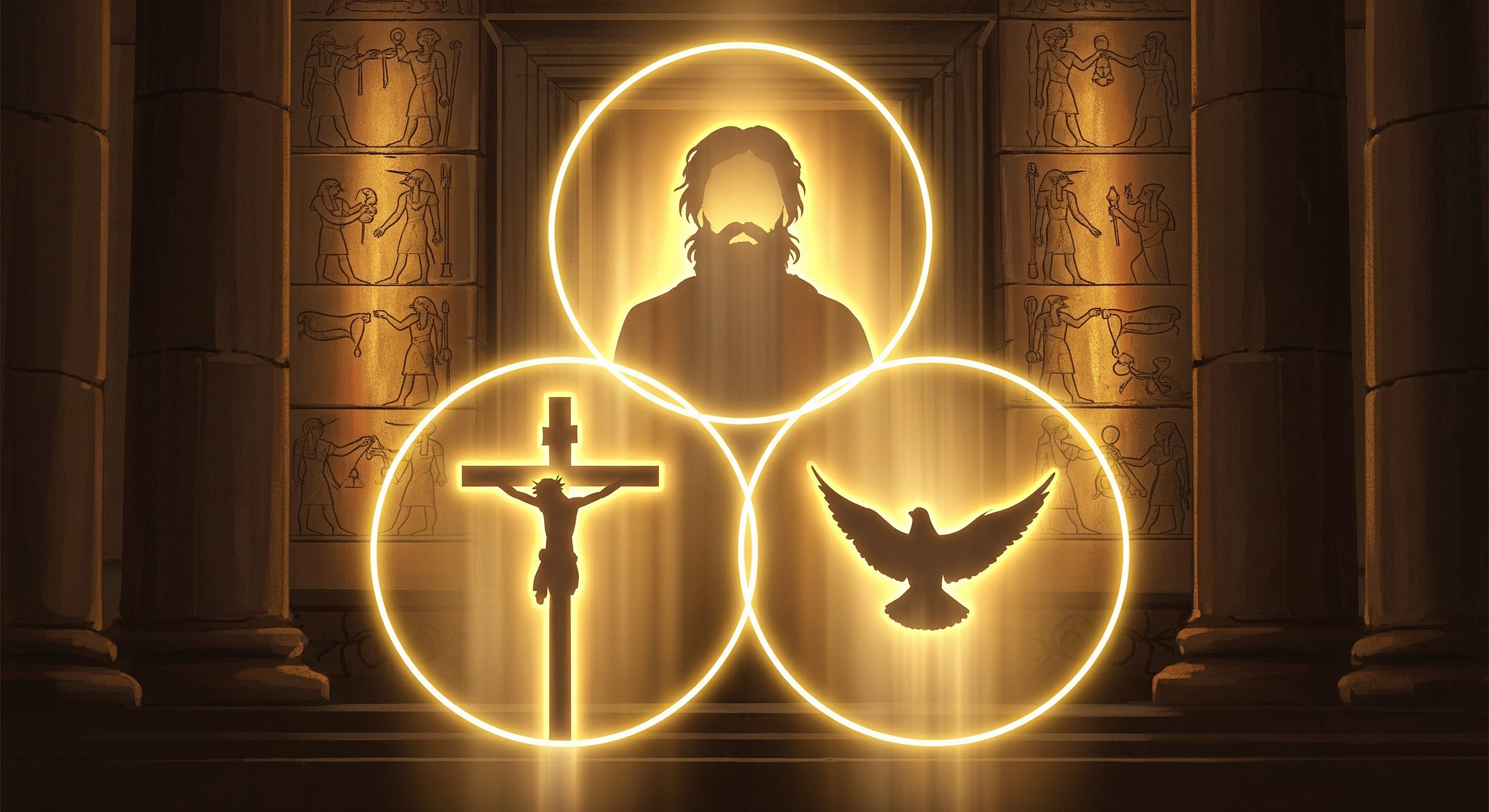Is the Holy Trinity Christianity’s Pagan Upgrade?
How a Jewish preacher’s message of one God turned into a Roman-era doctrine that looks more pagan than biblical

For centuries, Christians have been taught that the Father, the Son, and the Holy Spirit are three persons in one God. This teaching, called the Trinity, is seen as the heart of Christianity. But here’s the blunt truth: the doctrine of the Trinity …
Keep reading with a 7-day free trial
Subscribe to The Unholy Truth to keep reading this post and get 7 days of free access to the full post archives.

